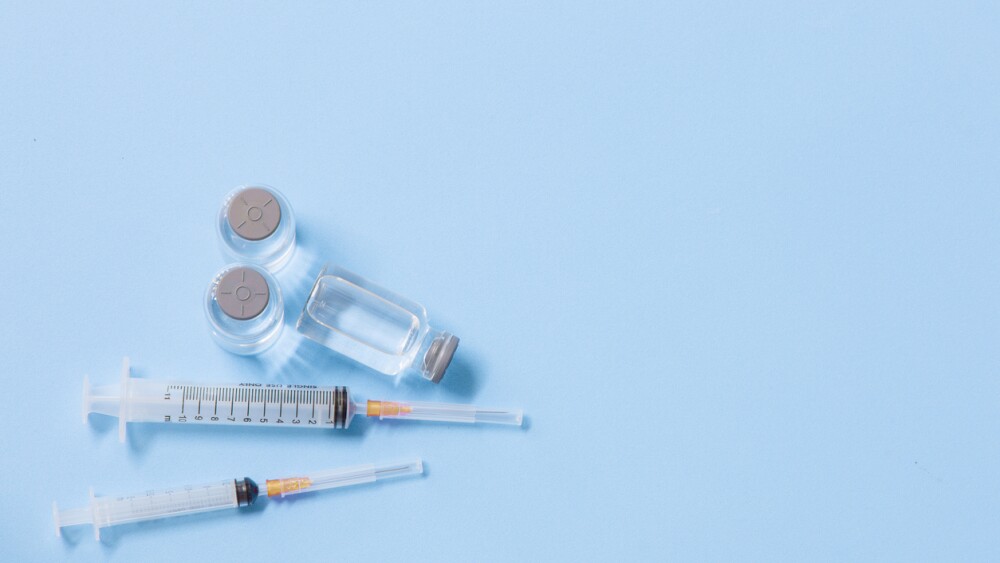TauRx Pharmaceuticals and Anavex Life Sciences presented positive results from their candidates at the Clinical Trials in Alzheimer’s Disease (CTAD) conference in San Francisco, CA.
Courtesy Getty Images
As the 15th Clinical Trials on Alzheimer’s Disease (CTAD) conference continues, TauRx Pharmaceuticals and Anavex Life Sciences presented positive data from their alternatives to the anti-amyloid approach.
TauRx’s Oral Candidate Shows Strong Safety Profile
Based in Scotland and Singapore, TauRx is developing hydromethylthionine mesylate (HMTM), which targets Tau pathology in Alzheimer’s. While patients on Biogen’s Aduhelm face bi-weekly injections, HMTM is an oral candidate with a strong safety profile.
Phase III data released in October showed HMTM significantly slowed cognitive and brain atrophy compared to historical controls, TauRx reported. The company faced challenges with the placebo group, so data from publicly available placebo arms from other AD trials were used to prove efficacy.
During its CTAD presentation, TauRx shared topline data from the trial that showed sustained improvement in cognition over 18 months over pre-treatment levels in participants with mild cognitive impairment.
“ADL (activities of daily living) is a critical measure for people living with living with Alzheimer’s disease because it tells them that they can still deal with day-to-day activities,” Prof. Bjoern Schelter, Data Analytics and Biostatstics Lead at TauRx, explained.
“We saw no decline in the mild cognitive impairment due to AD population. In the mild-to-moderate AD population, we saw an initial decline, but that plateaued out and stabilized. In the earlier stages of the disease, we saw, on the cognitive endpoint, improvement over baseline. This improvement was sustained over 18 months.”
According to the press release, “sustained cognitive improvement over baseline has not been seen with any other late-stage treatment for Alzheimer’s currently being studied.”
A data scrape by the Alzheimer’s Association in January showed 143 agents currently in clinical trials for AD.
A unique aspect of HMTM is its safety profile. The drug showed no risk of amyloid-related imaging abnormalities (ARIA), a side effect seen in nearly 40% of AD patients taking Aduhelm in Biogen’s Phase III studies.
“The fact that we can develop something that is oral with a really strong safety profile is crucial,” Dr. Sonya Miller, Head of Medical Affairs at TauRx, told BioSpace.
“It gives people the confidence to use the drug. We have efficacy, we have amazing safety and we have accessibility. There are no specific storage requirements or transport requirements, so this drug can reach everybody.”
She added, “Dementia doesn’t discriminate across geographical areas or socio-economic levels. You do need medications that can reach everyone. And there’s no specific safety monitoring required afterward. This is very special and critically important.”
Armed with efficacy data, a robust safety profile and convenient oral dosing, TauRx is prepping for regulatory submissions in the U.K., U.S. and Canada.
Anavex’s Positive Data Marred by Mathematical Slip
Anavex is attempting to treat the mild cognitive impairment associated with Alzheimer’s disease via a small molecule activator of the sigma-1 receptor (SIGMAR1).
Research suggests SIGMAR1 is pivotal to promoting neuroplasticity and restoring homeostasis in neural cells.
Anavex announced that patients treated with its SIGMAR1 activator, ANAVEX2-73 (blarcamesine), were 84% more likely to have improved cognition scores of –0.50 points or better compared to patients on placebo. On average, the patients who saw gains showed improvement of –4.03 points, a difference considered significant.
However, Anavex is facing some suspicion over trial results. In its press release, the biopharma reported the drug led to a 45% slower rate of decline compared to placebo patients. But Investor’s Business Daily reported that a math error in the CTAD presentation indicated the drug may have slowed cognition by 33% instead.
According to Edward Hammond, CMO of Anavex, the company plans to “discuss these findings with regulatory authorities in the context of the ongoing clinical development of ANAVEX 2-73 in this indication.”
BioSpace has reached out to Anavex for further comment.






